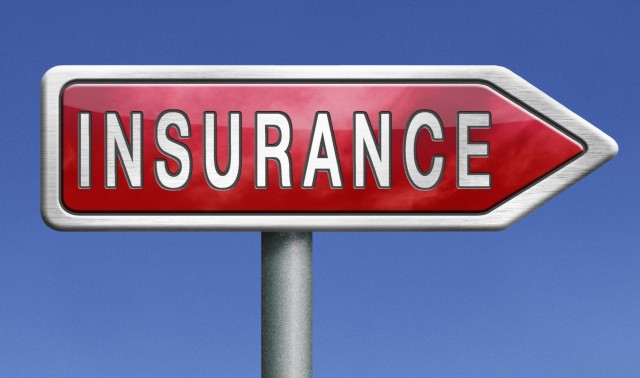By Jordan Rau, Kaiser Health News
People buying health insurance through the health law’s new online marketplaces are more willing than the public at large to accept a limited roster of doctors and hospitals in return for lower premiums, a poll released Wednesday finds. But that enthusiasm nosedives if they are told their regular doctor isn’t included in the plan.
As a way to keep costs down and be competitive, insurers across the country have pieced together limited networks of doctors, hospitals and other medical providers. Consumers wanting broader choices of providers are often given the option of buying plans with higher premiums.
The narrow networks have encountered resistance from doctors, patient groups and some insurance regulators, who fear consumers will not grasp their limited options until they seek medical care. Roughly 6 million people this year are expected to buy their own insurance through the health care exchanges that started operation in January.
Most people with private insurance still get their coverage through their employer. Among members of that group, limited networks are unpopular, according to the poll from The Kaiser Family Foundation. Fifty-five percent would rather buy a plan that costs more but allows them to see a wider range of doctors and hospitals, while only 34 percent prefer a less expensive plan with limited providers.
